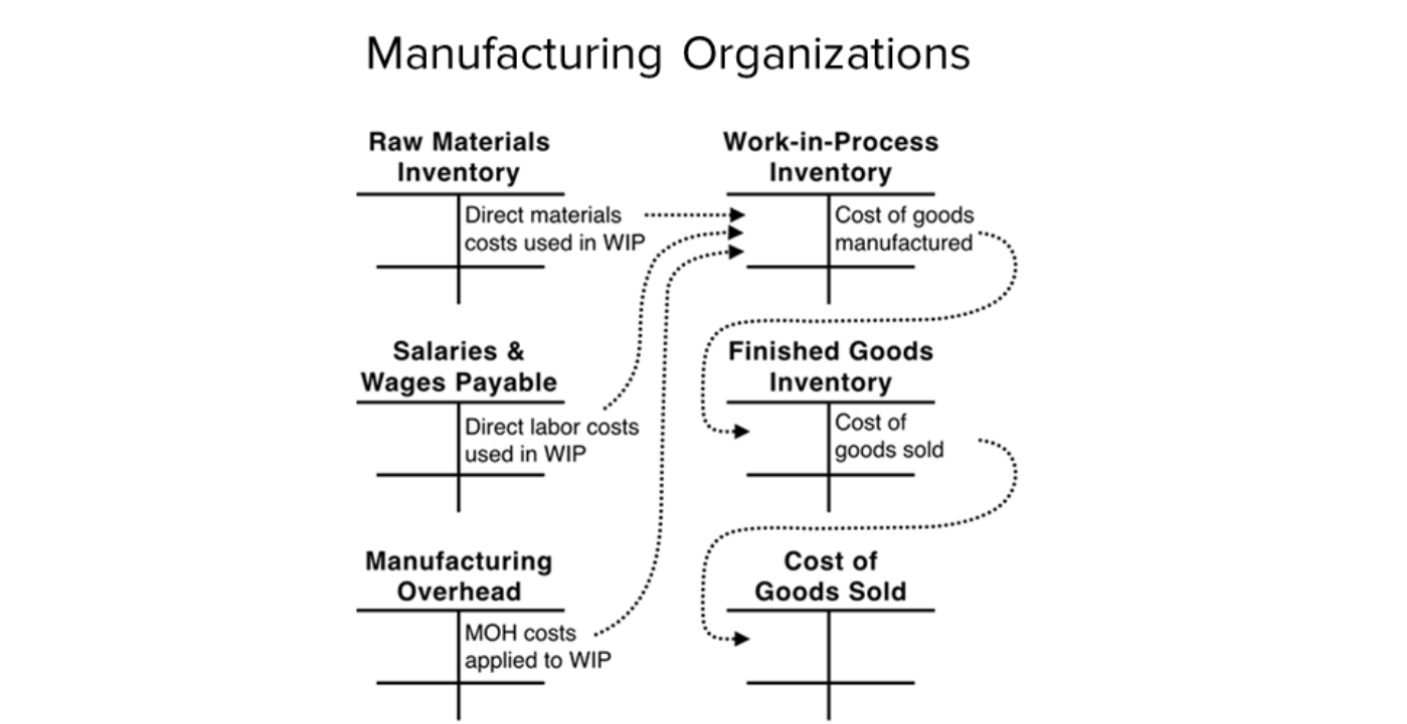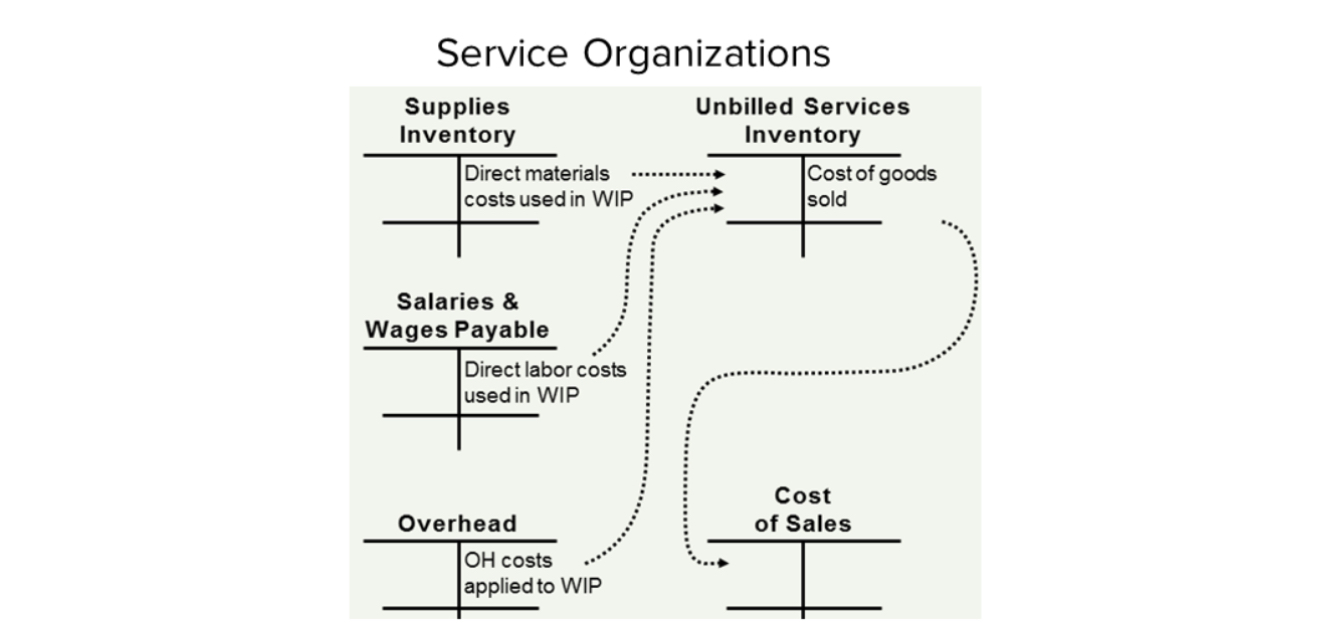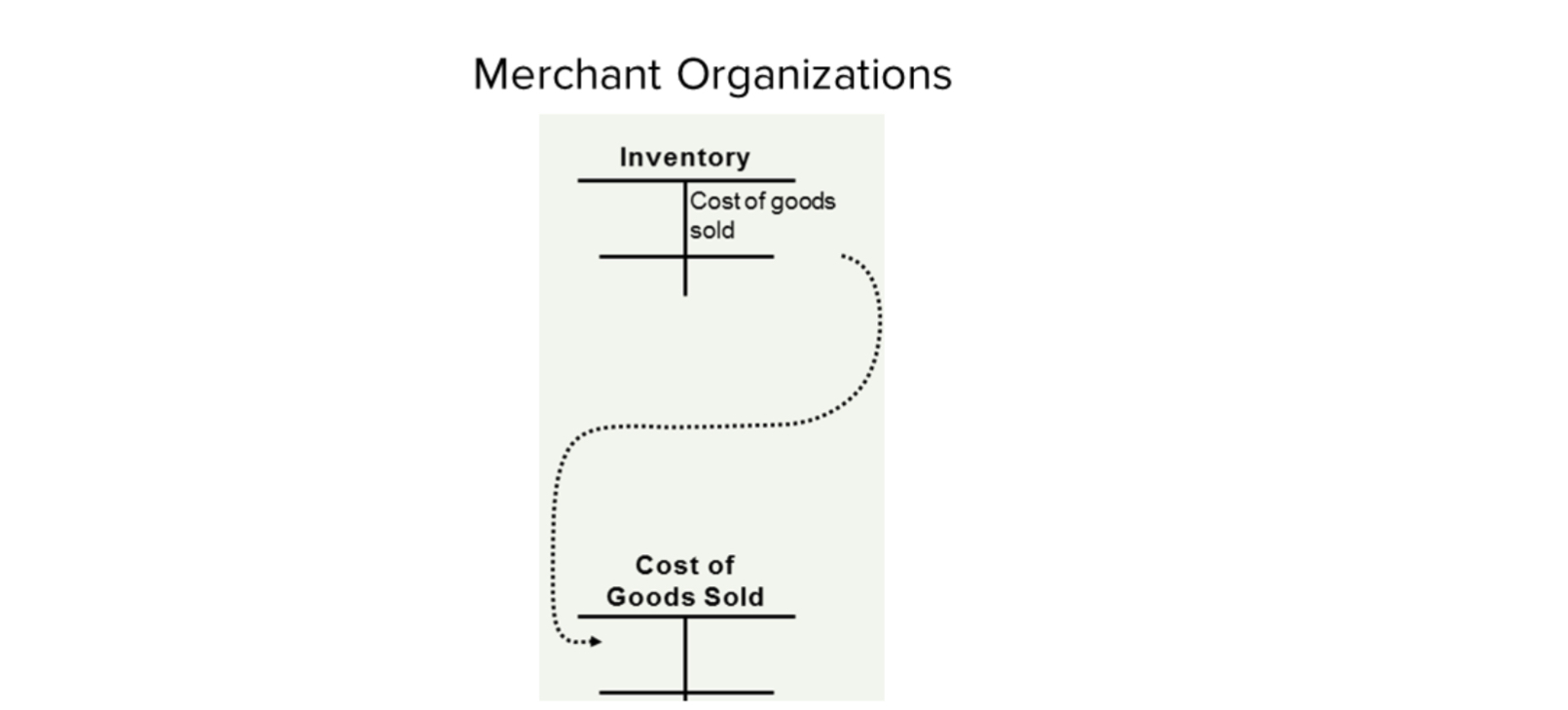P1 SEC D - Cost Management
1/40
There's no tags or description
Looks like no tags are added yet.
Name | Mastery | Learn | Test | Matching | Spaced |
|---|
No study sessions yet.
41 Terms
Fixed Costs
Stay constant within the relevant range; per-unit cost decreases as volume increases. Ex. Rent
Variable Costs
Change proportionally with activity; per-unit cost remains constant. Ex. Sales commissions

Manufacturing organization - Cost flow

Service organization - Cost flow

Merchant organization - Cost flow
Cost driver rate
Step 1:
Cost Pool Total / Cost Driver Volume
Assigned cost
Step 2:
Cost Driver Rate x Cost Object Activity
Mixed Costs
Contain both fixed and variable components; total cost = fixed + variable portion. Ex. Utilities
Many costs in organizations are not strictly variable or fixed but exhibit both variable and fixed characteristics. For most decisions, these costs need to be split out into a variable cost component and a fixed cost component. It's usually not possible to precisely split them into its variable cost and fixed cost components. The methods used to split out these costs provide at best an approximation.
Relevant Range
Period or range of activity over which cost behavior assumptions hold.
Cost Object
Any item requiring cost measurement (product, project, service, activity).
Cost Pool
Aggregates all costs for a specific activity; simplifies allocation to cost objects.
Cost Assignment Methods
Job-order costing, process costing, standard costing.
Cost Drivers
Factors that cause costs to be incurred. Tracks variable costs directly to cost object. Assigns fixed costs when no direct relationship exists.
Product Costs
Direct materials, direct labor, manufacturing overhead; capitalized in inventory.
Period Costs
Expensed as incurred; includes admin, selling, marketing costs.
Variable cost per unit
Cost behavior: Constant
Fixed cost per unit
Cost behavior: decreases as activity rises
Actual Costing
Uses actual DM, DL, OH; accurate but time-consuming; requires end-of-period calculation.
Normal Costing
Actual DM & DL; overhead applied using predetermined rate = Budgeted OH ÷ Estimated driver × Actual driver
Standard Costing
Applies predetermined rates for DM, DL, OH; highlights variances; reduces reliance on past inefficiencies; compares actual vs. standard costs.
Variable Costing
Only DM, DL, VMOH in inventory; FMOH expensed. Allows contribution margin analysis. Provides clearer insight into cost-volume-profit relationships → better for internal decision-making.
When units produced are less than units sold, Income is higher.
Absorption Costing
DM, DL, VMOH, FMOH are included in inventory; required for external reporting; can incentivize overproduction to boost reported income (inventory absorbs more fixed costs).
Inventory ↑ (produced > sold):
Inventory on balance sheet ↑
COGS ↓ (fewer fixed costs expensed)
Operating income ↑
Treatment of Fixed Manufacturing Costs
The only difference in variable and absorption costing.
Absorption Costing: They are included in inventory → only the portion of fixed costs for units sold hits COGS.
Variable Costing: They are expensed in the period incurred → included in operating expenses.
Joint Products
Products that share a portion of the production process and have relatively the same sales value.
By-Products
Products that share the same production process with a product or joint product but have relatively minor value in comparison to the main product.
Joint Costs
Costs incurred before split-off point.
Split-Off Point
The point at which products diverge and become separately identifiable.
Additional processing costs (separable costs)
Any costs that can be specifically identified with a product because the cost occurs after the split-off point.
Physical Measure Method
Uses a physical measurement to allocate joint costs to joint products (weight, number, and volume). Simple but may distort profit margins.
Sales value at split-off method
Allocates joint costs to joint products using their proportional sales value at the split-off point. This is the most widely used method because it is simple to calculate and allocates costs according to value.
Constant gross profit (gross margin) method
Allocates joint costs so as to provide the same gross margin percentage of profit for each joint product. An advantage for companies that wish to keep the same margin for each product, but it could lead to a distortion in the fairness of how costs are allocated.
Net realizable value method
Allocates joint costs according to the final sales value less additional processing costs. Used when the market price for one or more of the joint products cannot be determined at the split-off point, usually because additional processing is needed. The benefit of this method is it takes into account additional processing costs.
Sales of by-products
No joint cost allocation. Recorded either as separate by-product revenues or by offsetting the joint product costs that are allocated to the main products.
Cost pools
They are connected to cost objects based on cost drivers that are used to institute cost driver rates.
Work-in-process inventory account
Cost accounting systems flow the three product costs (DM, DL, MOH) to cost objects in the __________. In service org, it is described as the open invoice" or "unbilled services" account on the balance sheet. Represents the production area and it functions as an inventory asset.
Finished goods inventory account
When a product is completed, it flows out of the work-in-process inventory account into the ________.
Cost of goods sold account
When a product is sold, it flows out of the finished goods inventory account (and off of balance sheet) into the __________ in the income statement. At this point, the cost transforms from an asset (an unexpired cost) to an expense (an expired cost).
Consumption relationship
If the cost is variable with respect to the cost object, the cost driver represents a __________, which is to say the cost driver is how the cost object consumes the resources for which the cost pool is being spent.
Allocation method
If the cost is fixed with respect to the cost object, then the cost driver represents an ________ that is used to assign a burden of costs to a cost object.
Revenue objects
Cost objects are tied to the organization's income statement and can also represent the ____________ (i.e., what creates revenue) for the organization.
Complications in determining fixed, variable, and mixed costs
The distinction of cost behavior as variable or fixed is based on the cost object.
Fixed costs can shift in total as the organization moves between significant cost structures.
In very short horizons most costs are fixed. In contrast, over very long horizons most costs are variable.